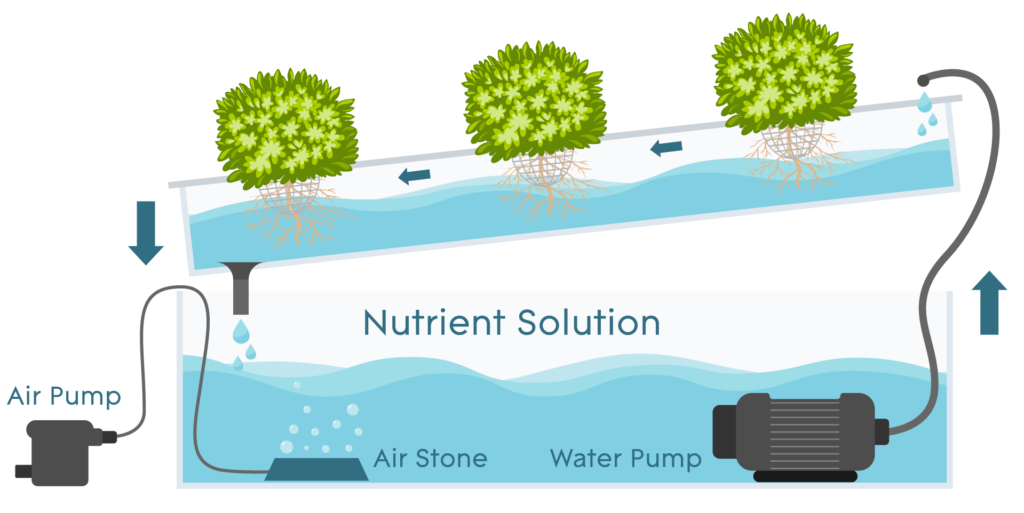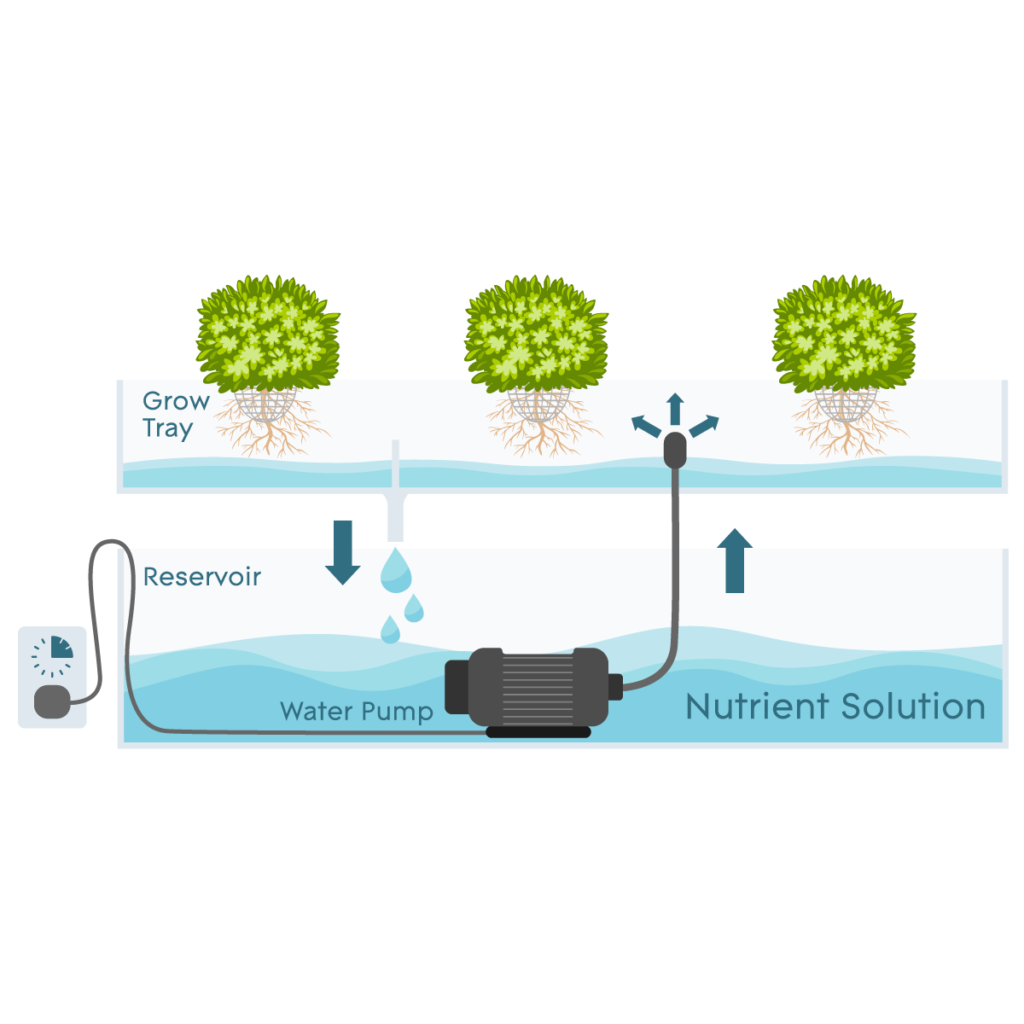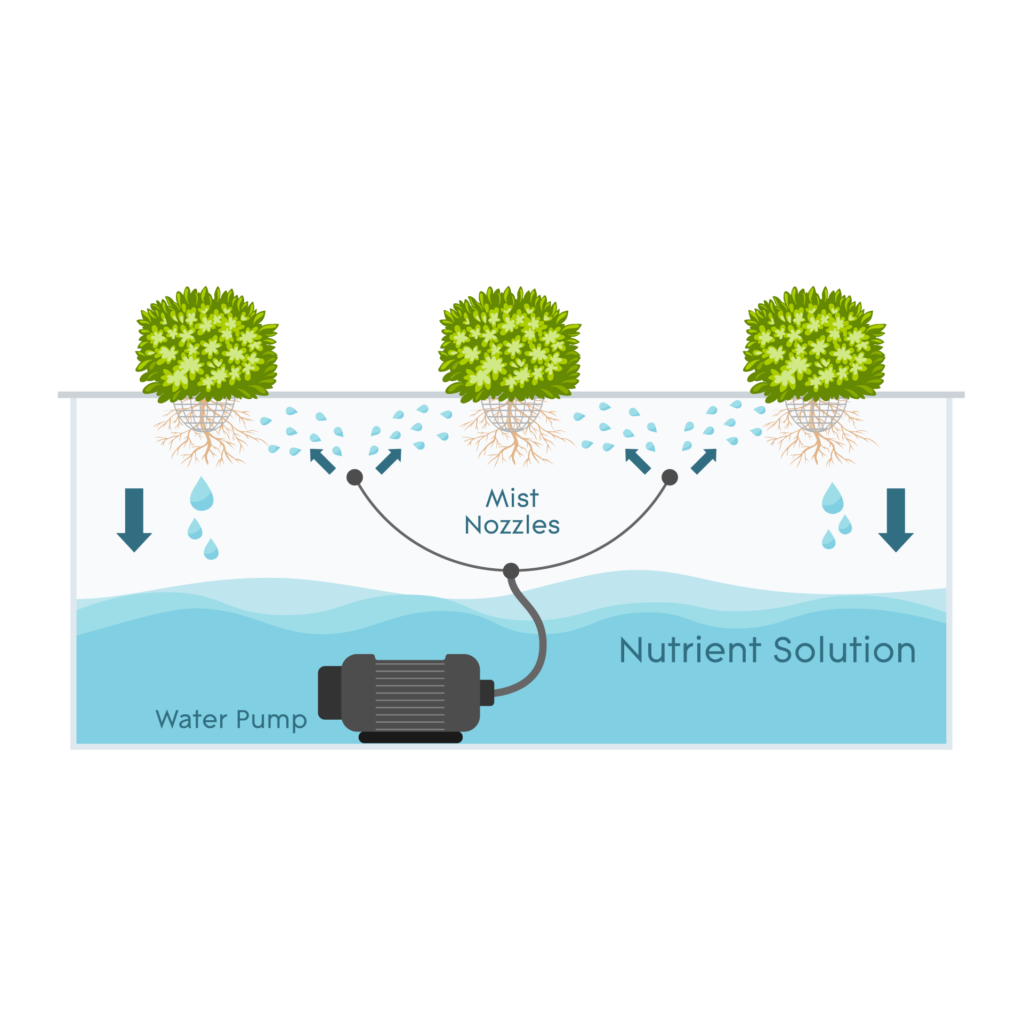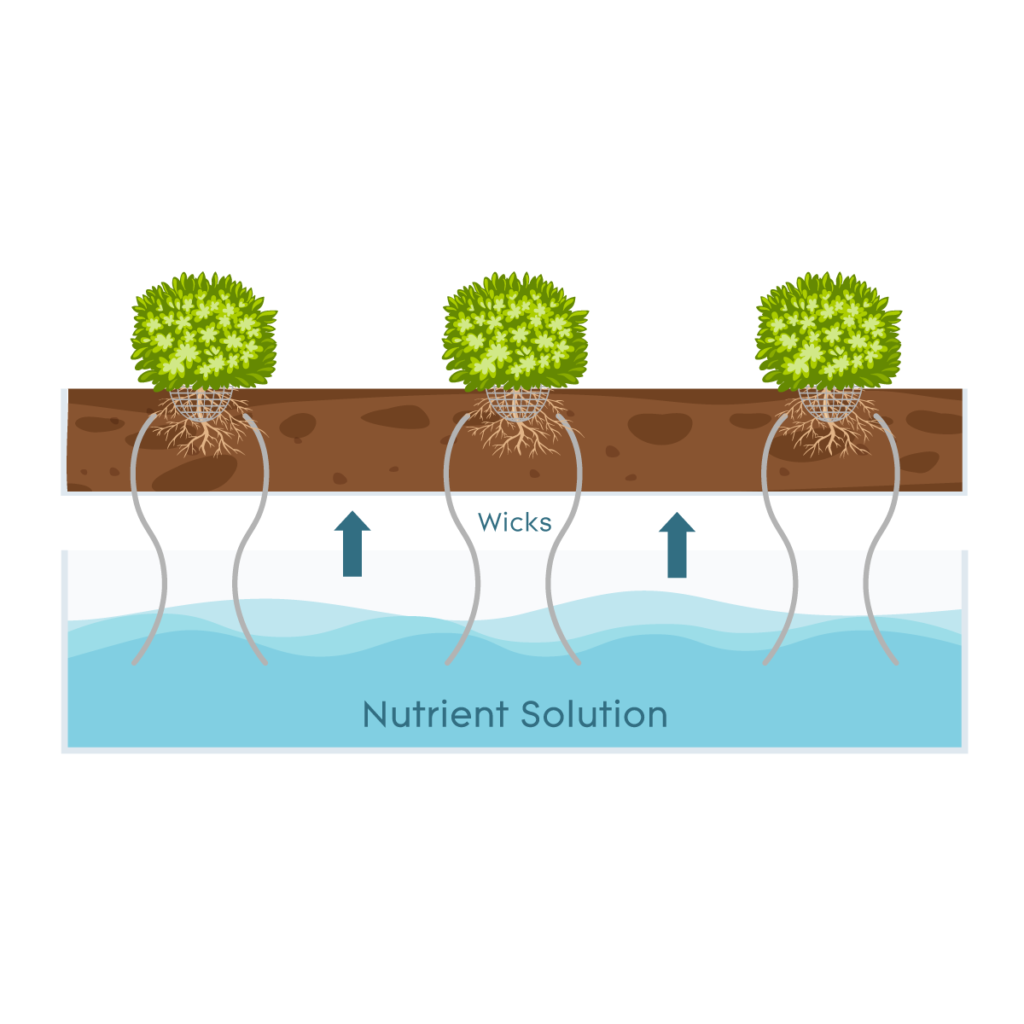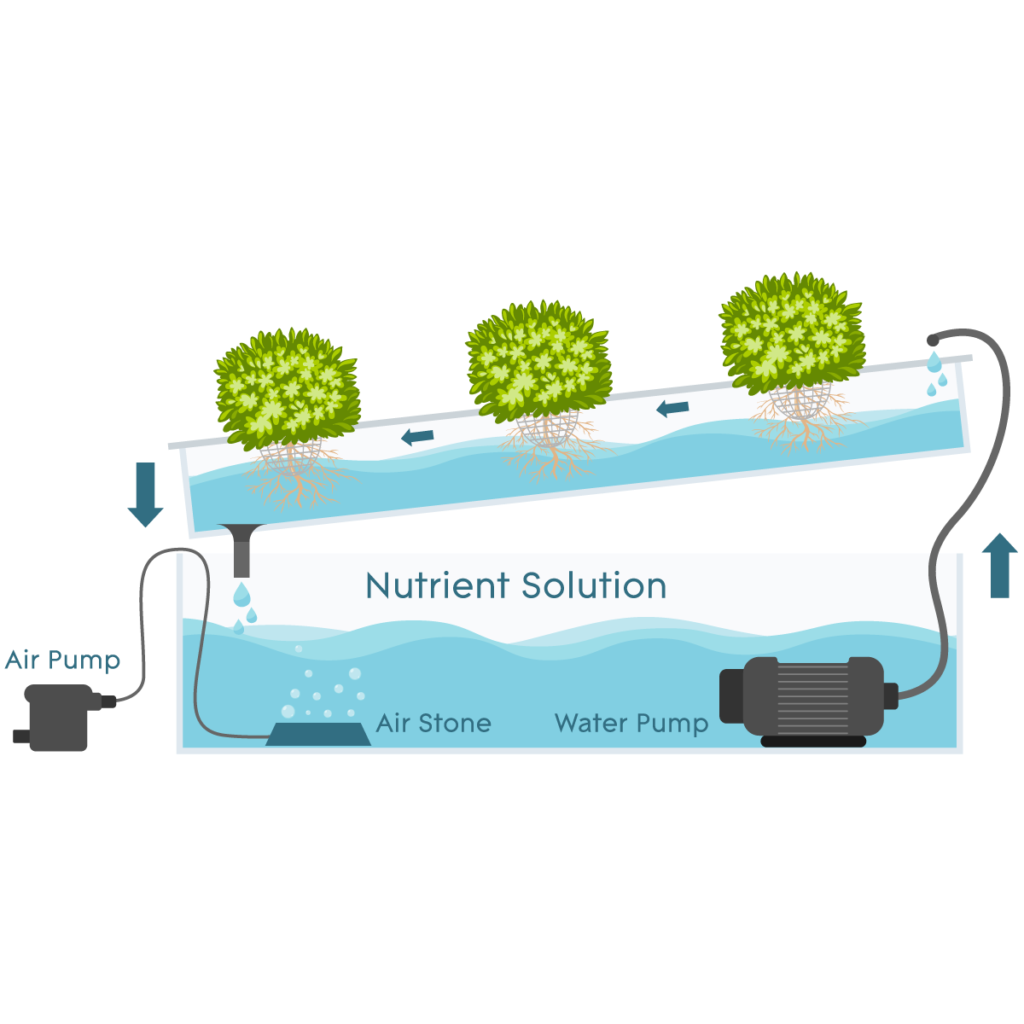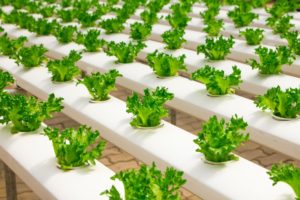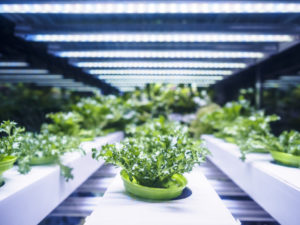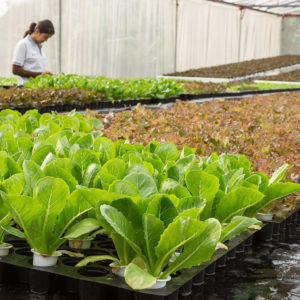Drip hydroponic systems use a perforated tube to deliver nutrient solution to plants. This tube connects to a submersible pump, which pushes water through the tube. As the water flows through the tube, the holes allow a small amount of nutrient solution to ‘drip’ out to the growing medium and plants. Nutrient solution consistently flows to the plants.
Since this is a system that uses slow delivery, there is no need for a separate draining period. Drip systems either run to waste (meaning any remaining nutrient solution is disposed of) or they’re recirculating. Recirculating means leftover nutrient solution returns to the reservoir.
Like many other types of hydroponic systems, a drip system is media based. That means a growing medium is an integral part of how it works. In this case, the medium keeps plants in place, but it also retains some nutrient solution. It’s important to use a grow medium that allows some drainage and aeration, but also holds enough moisture to feed the plant roots. Perlite and vermiculite are typical choices (as long as they’re mixed), although some growers prefer another mixture, like coco coir and clay pebbles.
Check out the Growing Medium Guide for help choosing which is right for you.
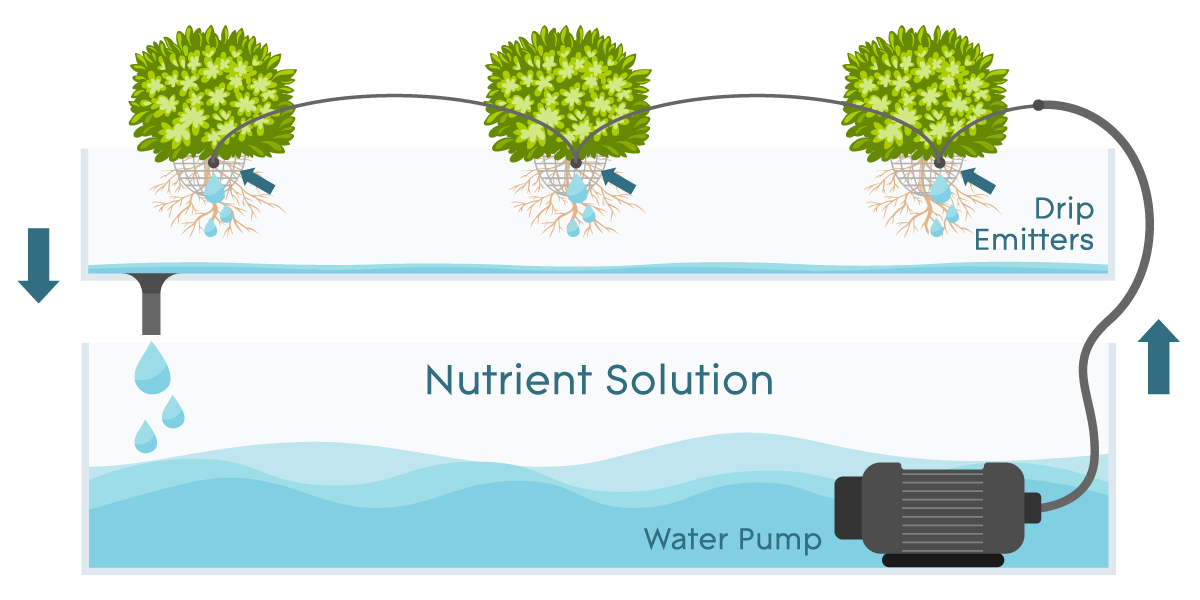
Benefits of a Hydroponic Drip System
Benefits of drip hydroponic systems include a fairly simple setup, and less maintenance than other systems. With the gradual delivery of nutrients, it’s easier to adjust issues with nutrient concentration before it harms your plants. They also suit a wide variety of plants. So you can easily adjust them for the needs of different plants you want to grow. You also have a lot of choice when it comes to the growing medium you choose. However, organic grow media may need to be replaced more frequently, or after every crop.
